building blocks of dna called contain the same sugar and phosphate but different nitrogenous bases
DNA and RNA are nucleic acids, which are basically made up of a nitrogenous base containing pentose sugars linked via phosphate groups. The building blocks of nucleic acids are called nucleotides.Nucleic acids serve as the cell's genetic material by storing information, which is required for the development, functioning, and reproduction of organisms. Building blocks of DNA, called _____ , contain the same sugar and phosphate, but different nitrogenous bases. nucleotides True or false: Within a nucleotide, the phosphate group is linked to the 5' carbon of the pentose sugar.
But when it comes to DNA, the sugar involved is called deoxyribose. Deoxyribose is one of the three components of nucleotides, the building blocks of DNA. Each nucleotide consists of a phosphate group, a nitrogenous base—adenine (A), thymine (T), cytosine (C), or guanine (G)—and deoxyribose.
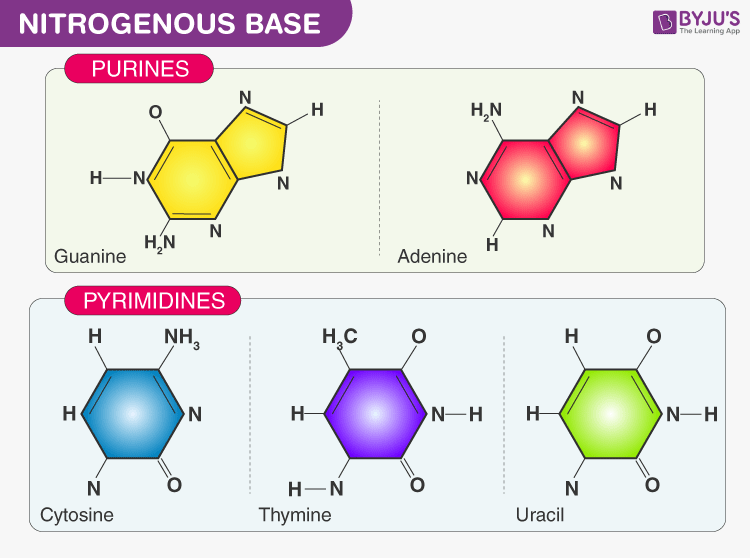 The nitrogenous base can be one of the 5 bases Adenine, Cytosine, Guanine or Thymine which can be coded by their alternate Uracil in the right places. They are considered to be the building blocks of the DNA and RNA molecules. 2. Phosphate group. Located on position 5 of the nucleotide of both in RNA and DNA is the phosphate group. The basic building block of DNA is called a NUCLEOTIDE. A nucleotide is made up of one sugar molecule, one phosphate molecule and one of the four bases. Here is the structural formula for the four nucleotides of DNA. The sequence of nucleotides in DNA determines the sequence of amino acids in polypeptides, and thus the structure of proteins. Building blocks of DNA, called _____ contain the same sugar and phosphate, but different nitrogenous bases. Nucleotides Within a nucleotide, the phosphate group is linked to the 5' carbon of the pentose sugar.
The nitrogenous base can be one of the 5 bases Adenine, Cytosine, Guanine or Thymine which can be coded by their alternate Uracil in the right places. They are considered to be the building blocks of the DNA and RNA molecules. 2. Phosphate group. Located on position 5 of the nucleotide of both in RNA and DNA is the phosphate group. The basic building block of DNA is called a NUCLEOTIDE. A nucleotide is made up of one sugar molecule, one phosphate molecule and one of the four bases. Here is the structural formula for the four nucleotides of DNA. The sequence of nucleotides in DNA determines the sequence of amino acids in polypeptides, and thus the structure of proteins. Building blocks of DNA, called _____ contain the same sugar and phosphate, but different nitrogenous bases. Nucleotides Within a nucleotide, the phosphate group is linked to the 5' carbon of the pentose sugar.
Building blocks of dna called contain the same sugar and phosphate but different nitrogenous bases. DNA is made of chemical building blocks called nucleotides. To form a strand of DNA, nucleotides are linked into chains, with the phosphate and sugar groups alternating. The four types of nitrogen bases found in nucleotides are: adenine (A), thymine (T), guanine (G) and cytosine (C). DNA Nucleotides. The building blocks of nucleic acids are nucleotides. Nucleotides that compose DNA are called deoxyribonucleotides. The three components of a deoxyribonucleotide are a five-carbon sugar called deoxyribose, a phosphate group, and a nitrogenous base, a nitrogen-containing ring structure that is responsible for complementary base pairing between nucleic acid strands (Figure ... The nitrogenous base can be one of the 5 bases Adenine, Cytosine, Guanine or Thymine which can be coded by their alternate Uracil in the right places. They are considered to be the building blocks of the DNA and RNA molecules. 2. Phosphate group. Located on position 5 of the nucleotide of both in RNA and DNA is the phosphate group. DNA Nucleotides. The building blocks of nucleic acids are nucleotides. Nucleotides that compose DNA are called deoxyribonucleotides. The three components of a deoxyribonucleotide are a five-carbon sugar called deoxyribose, a phosphate group, and a nitrogenous base, a nitrogen-containing ring structure that is responsible for complementary base pairing between nucleic acid strands (Figure ...
Building blocks of DNA, called _____ contain the same sugar and phosphate, but different nitrogenous bases. Nucleotides Within a nucleotide, the phosphate group is linked to the 5' carbon of the pentose sugar. The basic building block of DNA is called a NUCLEOTIDE. A nucleotide is made up of one sugar molecule, one phosphate molecule and one of the four bases. Here is the structural formula for the four nucleotides of DNA. The sequence of nucleotides in DNA determines the sequence of amino acids in polypeptides, and thus the structure of proteins. DNA is a long polymer made from repeating units called nucleotides, each of which is usually symbolized by a single letter: either A, T, C, or G. The structure of DNA is dynamic along its length, being capable of coiling into tight loops and other shapes. In all species it is composed of two helical chains, bound to each other by hydrogen bonds.Both chains are coiled around the same axis, and ...
 19.6: ribonucleic acid (rna) - biology libretexts
19.6: ribonucleic acid (rna) - biology libretexts
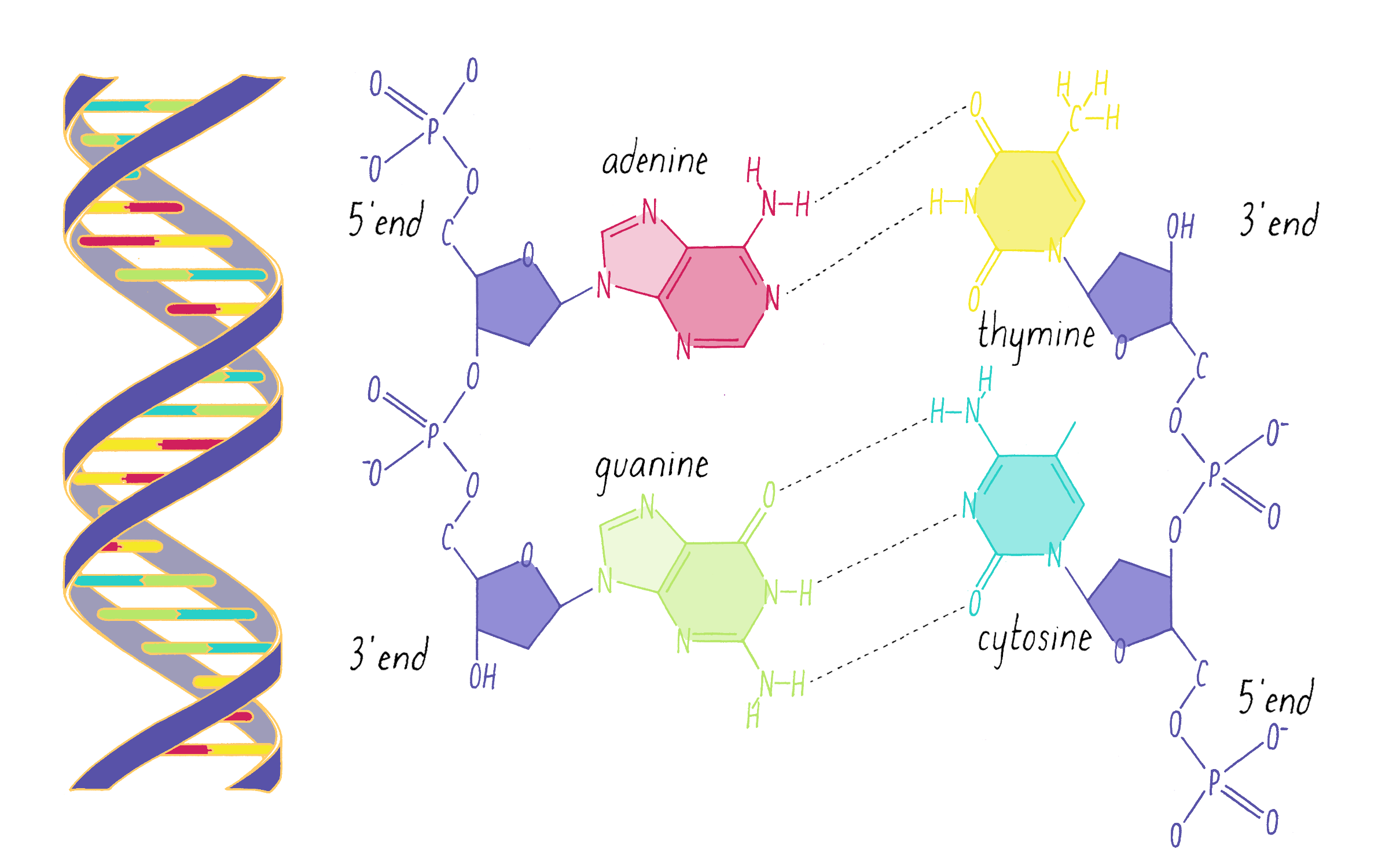 The structure of dna - genetics - the structure of dna
The structure of dna - genetics - the structure of dna
 Dna explained: structure and function
Dna explained: structure and function
Compare the phosphates sugars and bases of dna and rna ...

 Structure and function of dna | microbiology
Structure and function of dna | microbiology
 Nucleic acids | openstax biology 2e
Nucleic acids | openstax biology 2e
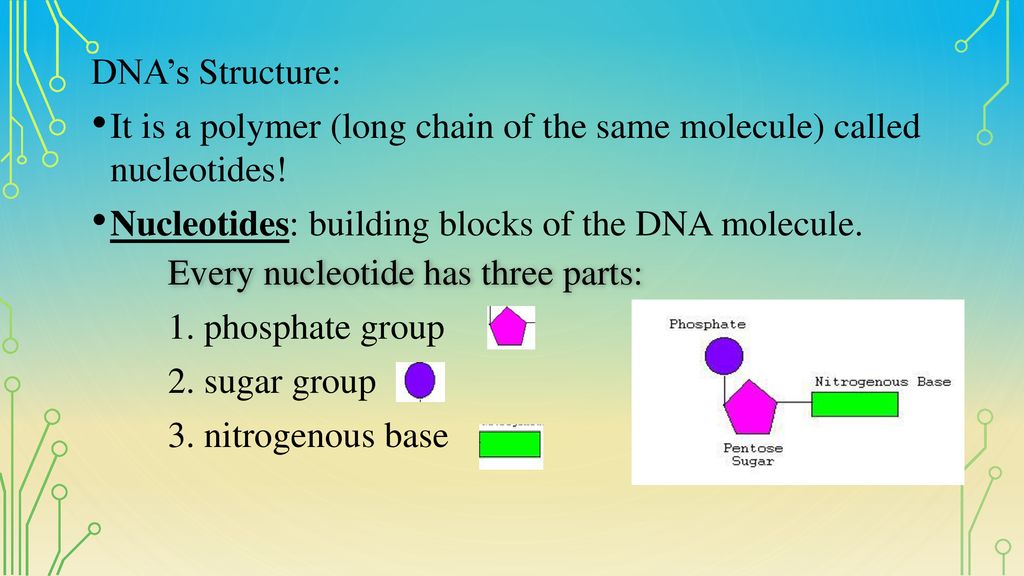 The structure and function of dna - ppt download
The structure and function of dna - ppt download
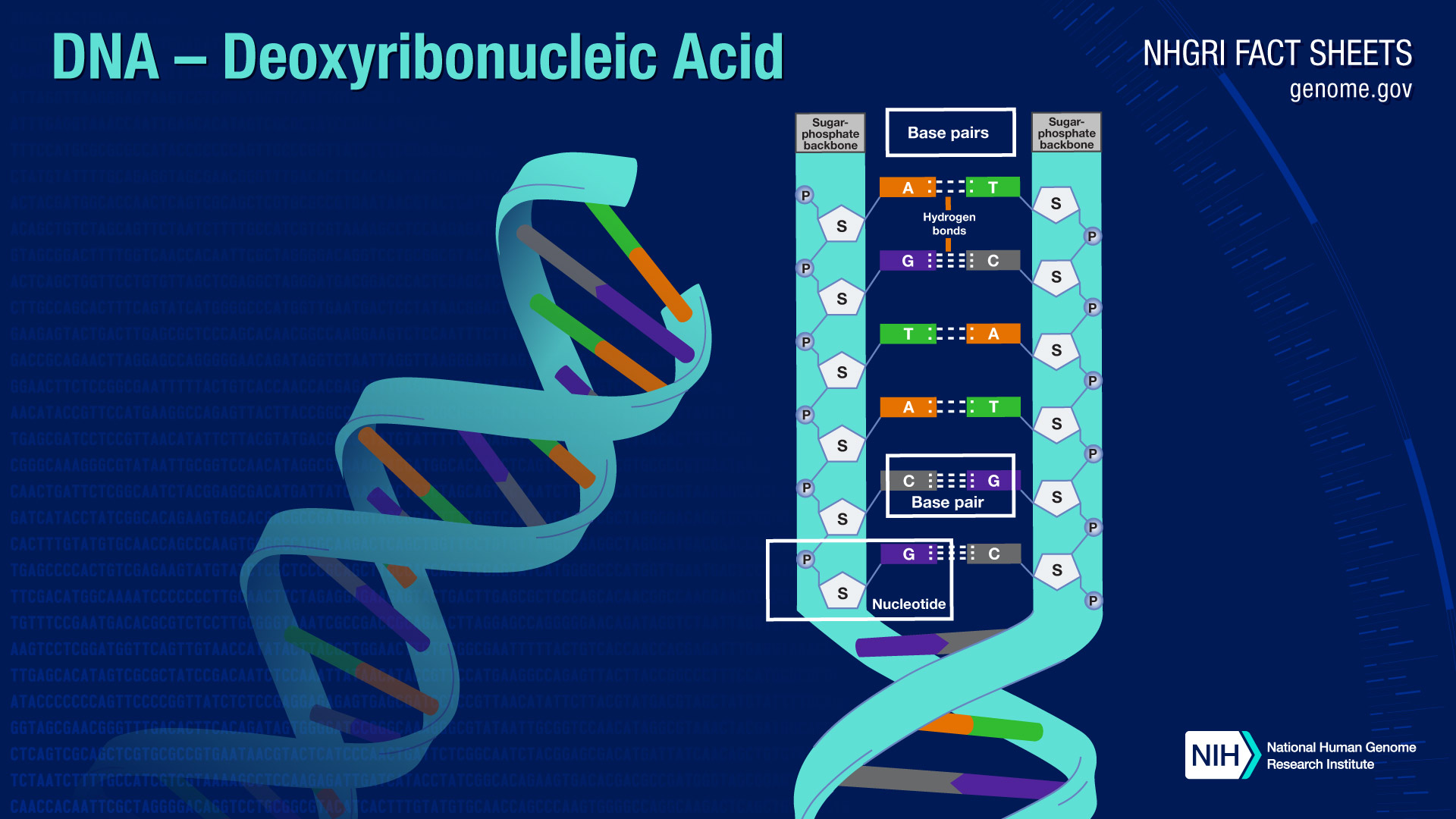 Deoxyribonucleic acid (dna) fact sheet
Deoxyribonucleic acid (dna) fact sheet
Structure and function - biomolecules
 Solved: 1. of the three key building blocks of dna, which ...
Solved: 1. of the three key building blocks of dna, which ...
 Biomolecules - nucleic acids - lhs cns-chemistry (term a)
Biomolecules - nucleic acids - lhs cns-chemistry (term a)
9.1 the structure of dna – concepts of biology – 1st canadian ...
 Nucleic acids flashcards | quizlet
Nucleic acids flashcards | quizlet
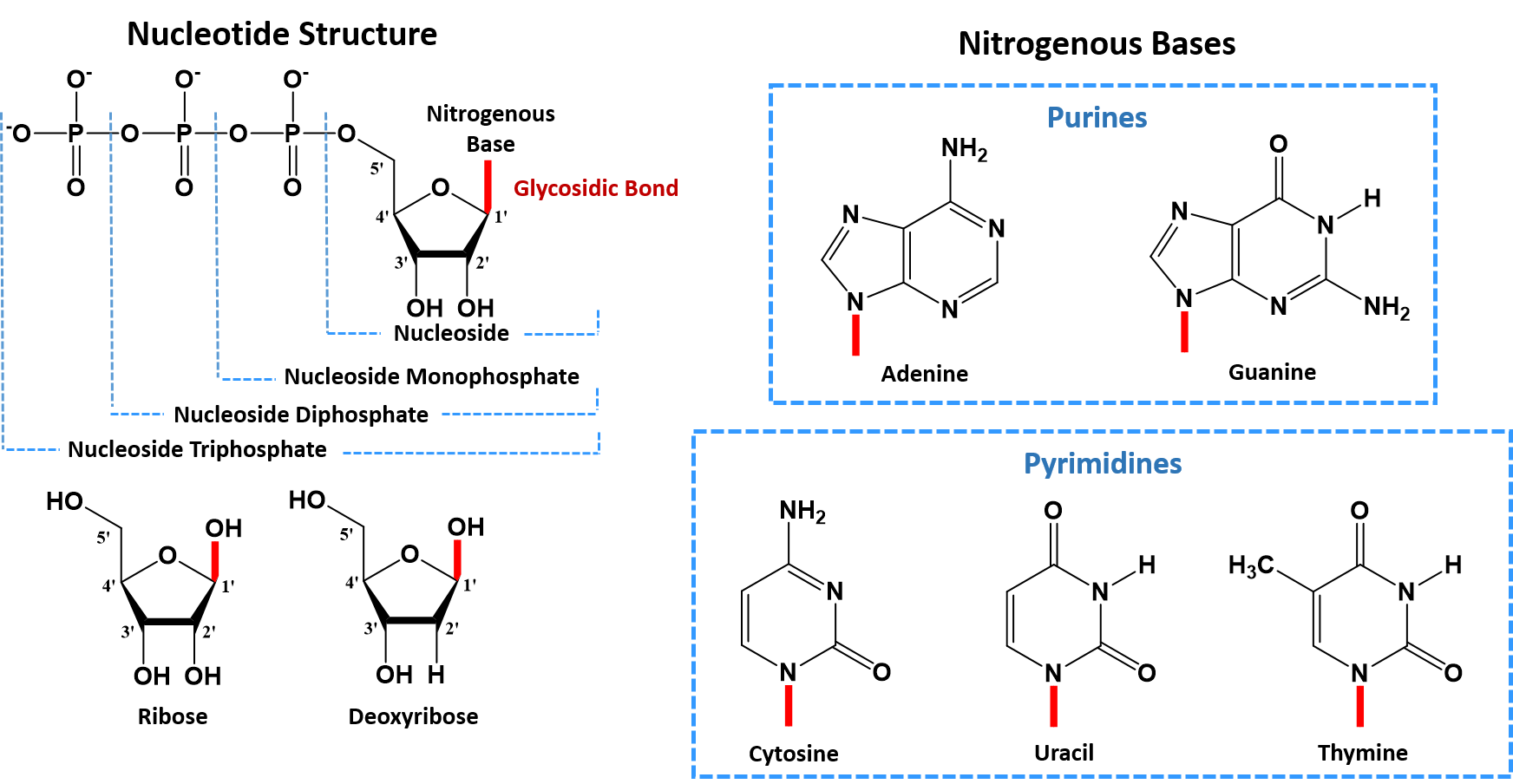 Chapter 4: dna, rna, and the human genome – chemistry
Chapter 4: dna, rna, and the human genome – chemistry
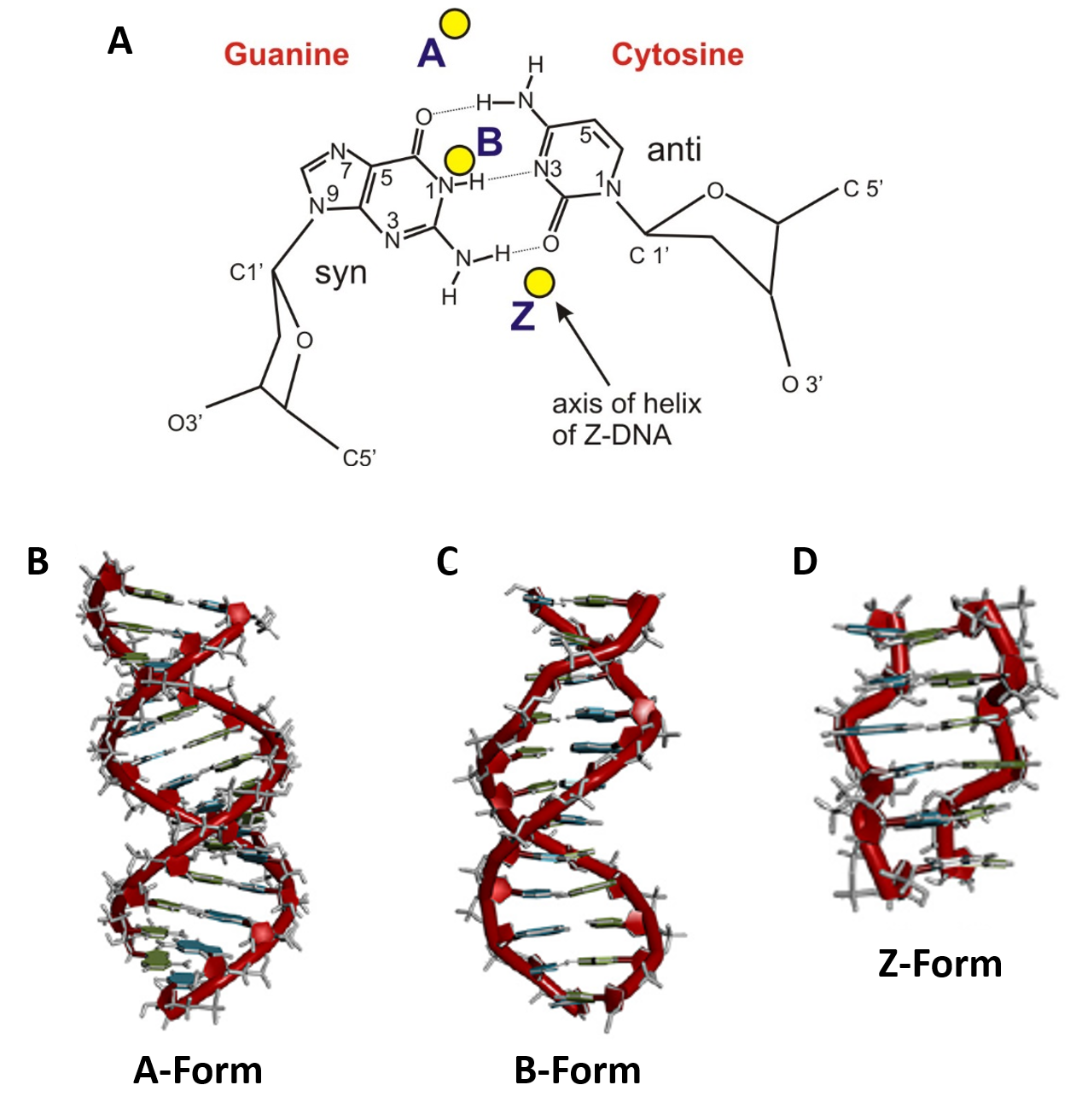 Chapter 4: dna, rna, and the human genome – chemistry
Chapter 4: dna, rna, and the human genome – chemistry
 Nucleic acid - accessscience from mcgraw-hill education
Nucleic acid - accessscience from mcgraw-hill education
14.2 dna structure and sequencing
 Nucleic acid | definition, function, structure, & types ...
Nucleic acid | definition, function, structure, & types ...



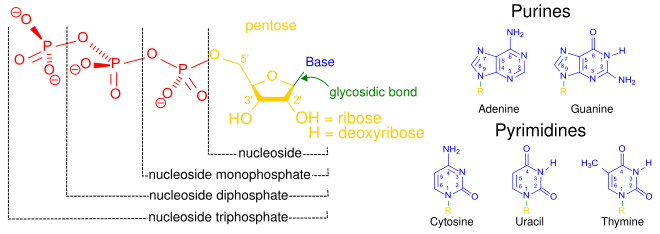

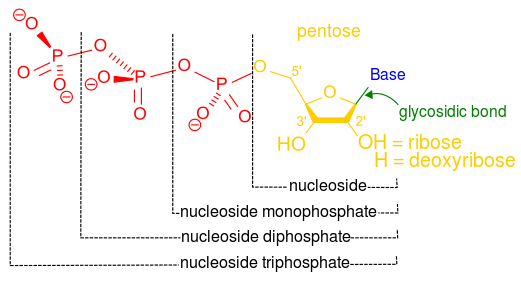
Belum ada Komentar untuk "building blocks of dna called contain the same sugar and phosphate but different nitrogenous bases"
Posting Komentar